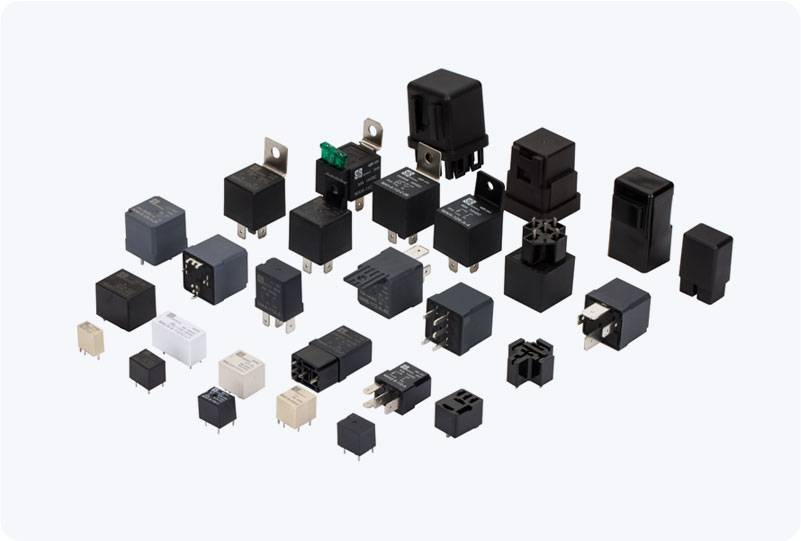High Voltage DC (HVDC) systems play a crucial role in modern electrical and power distribution networks. As these systems deliver power over long distances and manage high power loads, the importance of safety, reliability, and efficiency cannot be overstated. One essential component that ensures the safety and operational reliability of HVDC systems is the High Voltage DC Main Relay. This article explores the function, design, and applications of HVDC main relays, highlighting their role in controlling high voltage DC power and protecting critical electrical infrastructure.

What is a High Voltage DC Main Relay? A High Voltage DC Main Relay is an electrical switch used in high voltage DC circuits to control the flow of power. Unlike traditional relays that operate in alternating current (AC) systems, HVDC relays are designed to handle the unique challenges posed by direct current, including the absence of a natural zero crossing point and the difficulty in interrupting DC arcs. These relays are capable of switching large amounts of power in systems that operate at voltages typically ranging from hundreds of volts to several kilovolts. The primary function of an HVDC main relay is to either open or close the circuit, thereby controlling the flow of DC power. This is crucial in applications where power must be disconnected quickly during fault conditions or for maintenance purposes. The relay must be able to interrupt the current without allowing any dangerous electrical arcing to occur, which is a particular challenge in DC systems.